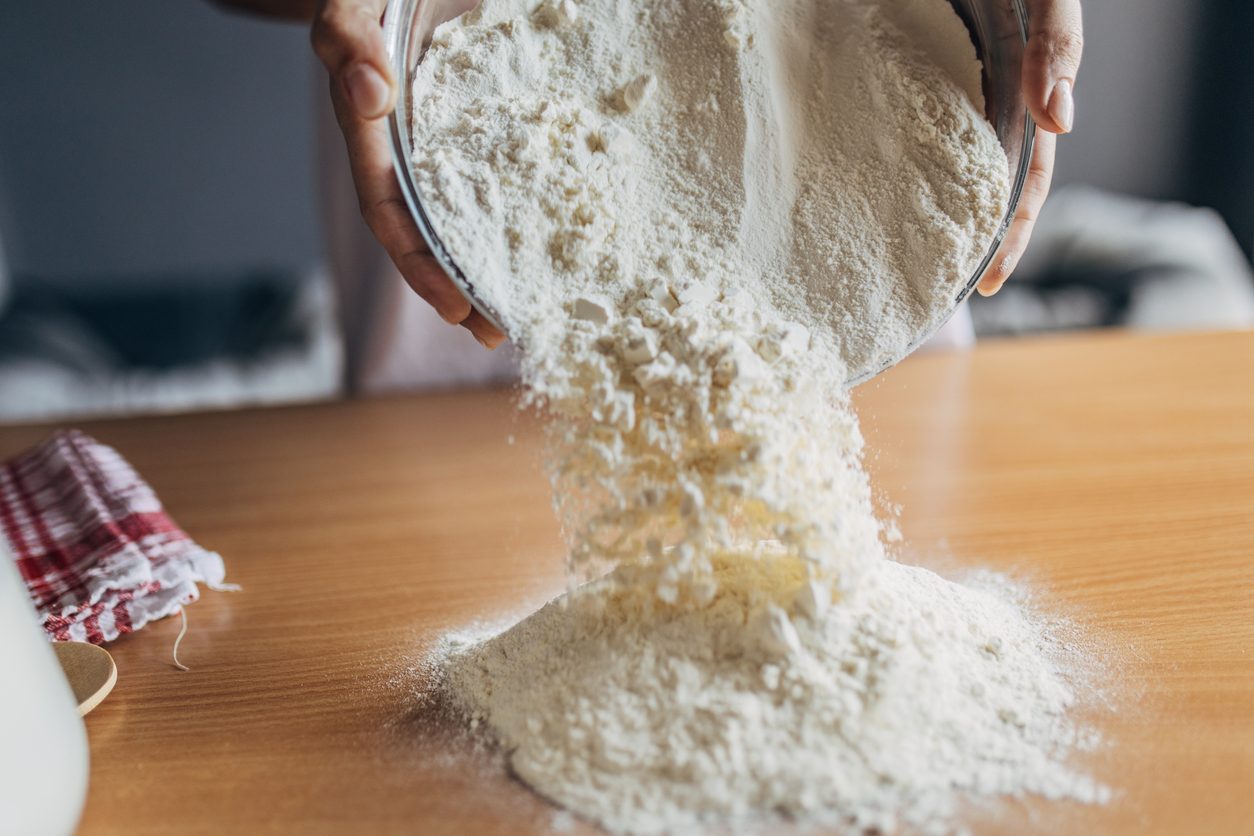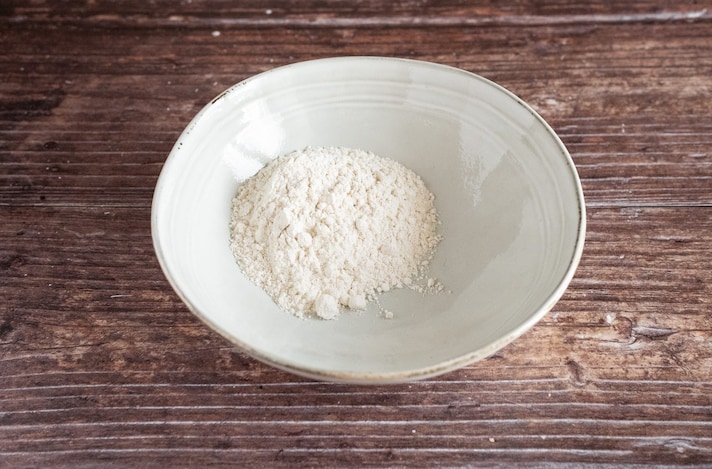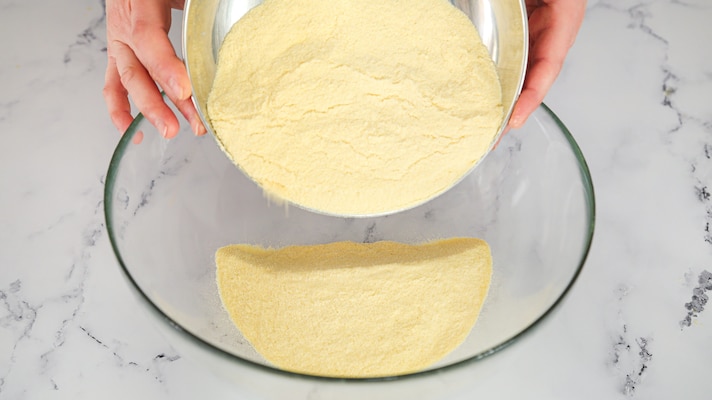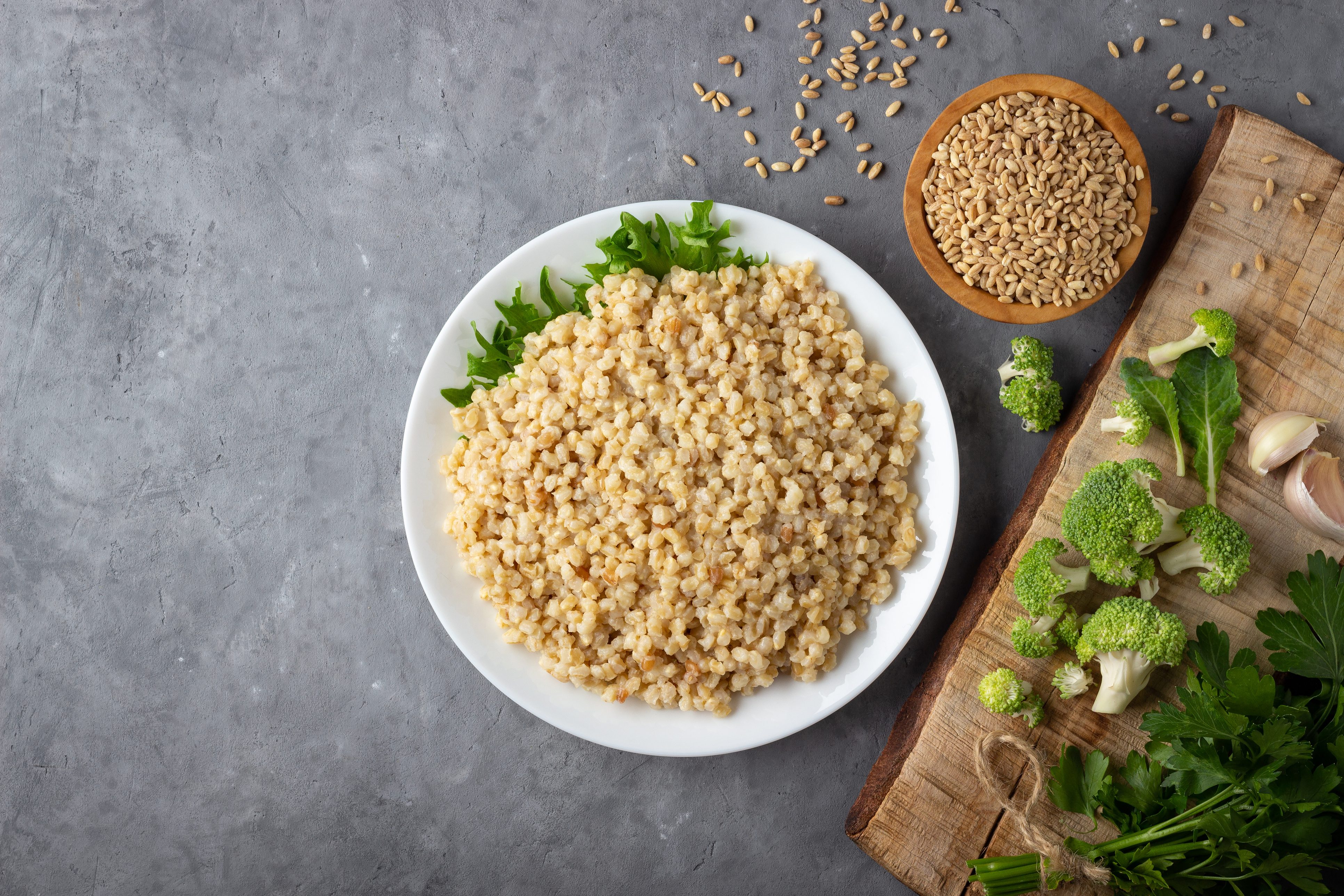What’s the Difference Between Soft Wheat and Hard Wheat?
Soft wheat and hard wheat come from different plants: soft wheat has delicate grains that mill into fine flour, commonly used for baking. In contrast, hard wheat produces semolina, which has a coarser texture and is packed with more nutrients.
;Resize,width=742;)
Wheat is a staple in many diets worldwide, but not all wheat is created equal. The two primary types—soft wheat and hard wheat—differ in their characteristics, nutritional content, and culinary uses. Understanding these differences can help you choose the right flour for your baking and cooking needs.
Soft Wheat (Triticum aestivum): Characteristics and Uses
Soft wheat, known scientifically as Triticum aestivum, is one of the most widely cultivated wheat varieties globally, especially in regions like Europe, North America, China, and India. The kernels are oval-shaped, tender, and easily milled into fine flour. This type of wheat contains approximately 70-75% carbohydrates and 10-15% proteins, with a significant amount of gluten. The resulting flour has a high glycemic index and a fine texture, making it versatile for various culinary applications.

Depending on the degree of refinement, soft wheat flour is categorized into different types:
- Type 00 Flour: The most refined, with a powdery consistency, ideal for making fresh egg pasta and as a thickening agent in creams and sauces due to its high starch content.
- Type 0 Flour: Similar to Type 00 but slightly less refined, suitable for bread and pizza doughs.
- Type 1 and Type 2 Flours: These are semi-wholemeal flours with higher nutritional values and a coarser texture, perfect for rustic bread.
- Whole Wheat Flour: Includes bran and germ, offering a higher fiber content and a more pronounced flavor, commonly used in whole grain bread and baked goods.
Hard Wheat (Triticum durum): Characteristics and Uses
Hard wheat, or Triticum durum, thrives in hot, dry climates and is predominantly cultivated in the Mediterranean region. The spikes of hard wheat have long, filamentous awns, and the kernels are elongated, translucent, and hard, making them more challenging to mill. Hard wheat is richer in proteins, fibers, and antioxidants compared to soft wheat. Its composition makes it ideal for producing semolina, characterized by coarser grains and a yellowish hue due to the presence of carotenoids.

Semolina is commonly used in:
- Dry Pasta Production: Thanks to its high protein content and gluten strength, semolina ensures elastic and firm pasta that holds its shape during cooking.
- Bread Making: Particularly in traditional Italian breads like Altamura and Matera, where remilled semolina is used to achieve a distinctive aroma and texture.
- Fresh Pasta: In Southern Italy, semolina is often used for fresh pasta varieties such as orecchiette and cavatelli.
Nutritional Comparison
When comparing the two, hard wheat generally offers higher protein content, making it beneficial for those seeking to increase their protein intake. Soft wheat flours, especially the more refined types, have a higher glycemic index and lower fiber content. Choosing between them depends on dietary preferences and the specific requirements of the recipe.
;Resize,width=767;)

;Resize,width=712;)
;Resize,width=712;)
